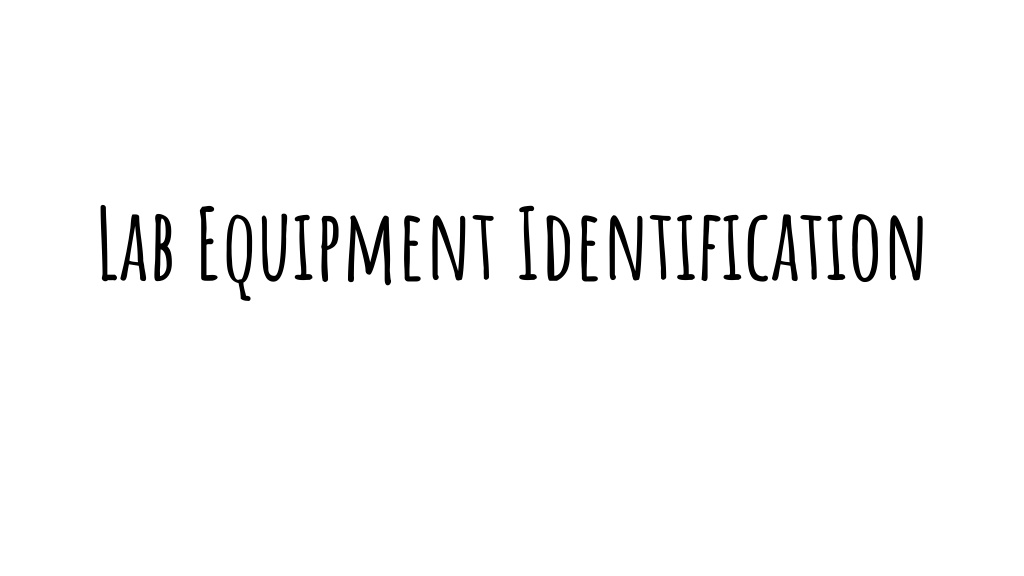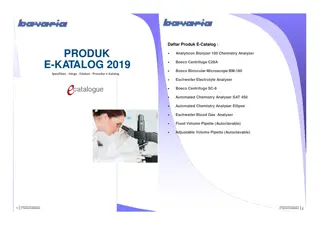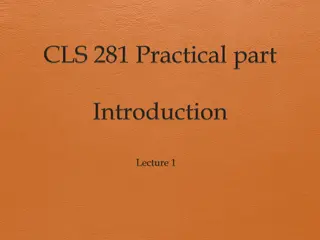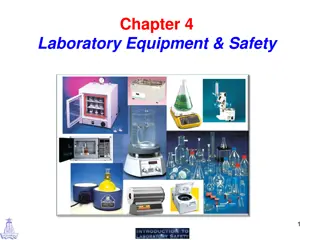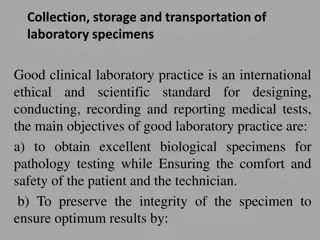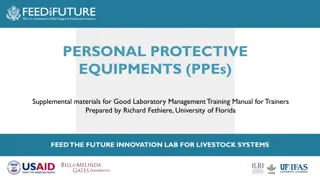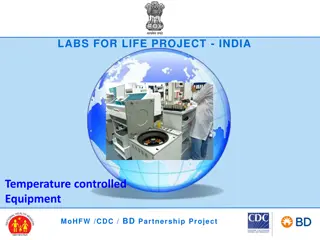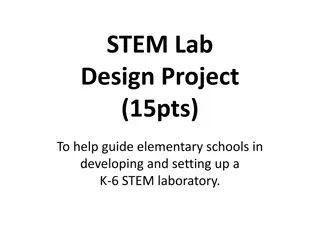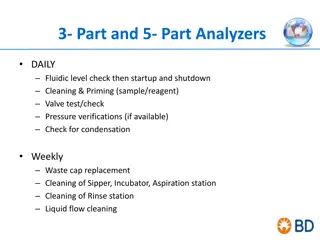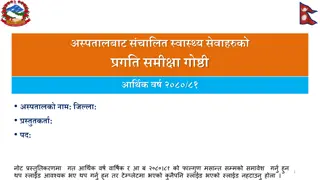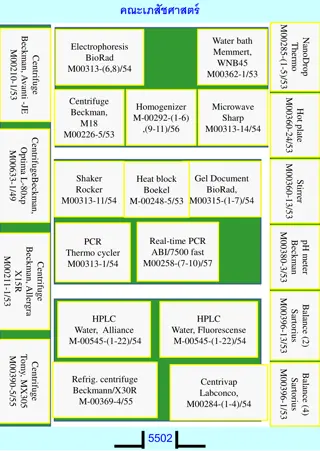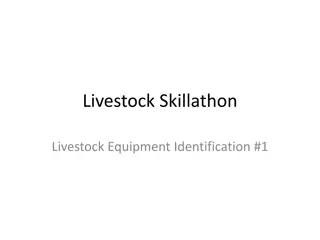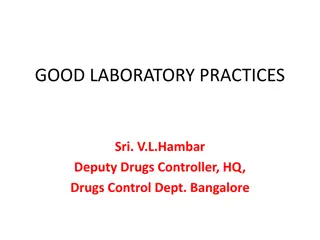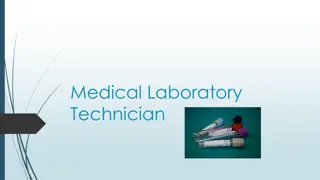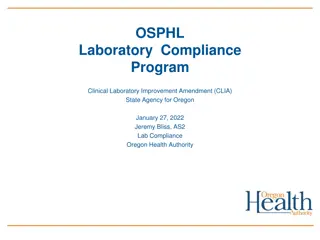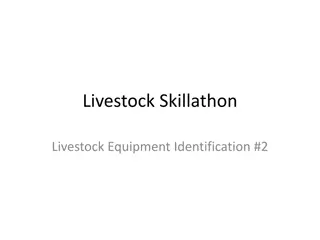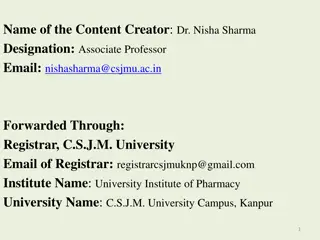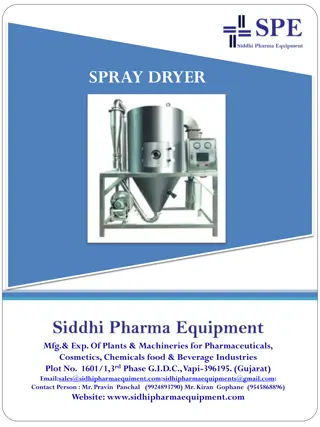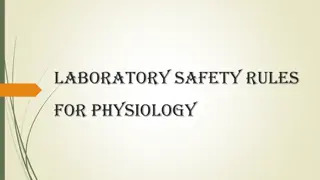Laboratory Equipment Identification and Usage Guide
Explore a comprehensive guide on various laboratory equipment including test tube rack, thermometer, digital scale, triple beam balance, scoopula, pipette, beaker, and more. Learn about the functions and uses of each tool, from measuring heat energy to transferring liquids, with descriptive images for easy identification.
Download Presentation

Please find below an Image/Link to download the presentation.
The content on the website is provided AS IS for your information and personal use only. It may not be sold, licensed, or shared on other websites without obtaining consent from the author. Download presentation by click this link. If you encounter any issues during the download, it is possible that the publisher has removed the file from their server.
E N D
Presentation Transcript
Test Tube Rack Used to hold and dry test tubes.
Thermometer Used to measure how much heat energy is in an object C.
Test Tubes Used to hold small amounts of pre- measured substances.
Digital Scale Used to determine a smaller, lighter object s mass. Measures in grams (g).
Triple Beam Balance Used to determine the mass of larger, heavier objects. Measures in grams (g).
Scoopula Used for transferring dry chemicals.
Weigh Boat Used to weigh or transfer dry chemicals.
Pipette Used to transfer liquid from one container to another in very small (2.5mL) increments.
Beaker Used to measure large volumes of liquids. Measures in milliliters (mL).
Graduated Cylinder Used to measure the volume of liquids. It is more precise than a beaker. Measures in milliliters (mL).
Googles Protects your eyes.
Metric Ruler Measures length of objects in centimeters (cm) or meters (m).
Erlenmeyer Flask Used to measure volumes and pour liquids for heating or mixing substances. Measures in milliliters (mL).
Task Card #1 Volume is the amount of space that an object occupies or that can be enclosed in a container. Liquids have volume that is measured using a beaker, a graduated cylinder, or a pipette. A beaker is a large glass container, usually having a pour spout. The beaker will have lines on the outside with a measurement and a number that tells you the total amount that can be held within. A. How much liquid can your beaker measure? ____________ Fill a cup with water and then empty it into the beaker. A. What volume does the cup hold? ____________ A graduated cylinder measures volume but it a little bit more accurate than a beaker. Examine your graduated cylinder and note the numbered marks. A. How much liquid can your graduated cylinder hold? __________ Fill the cup again and then carefully pour it into the graduated cylinder. Examine the liquid at eye level to see where it is at the mark. There may be a noticeable curve in the liquid (called the meniscus). You should take your measurement at the bottom of this curve. A. What volume does the cup hold? ____________
Task Card #2 Solid objects have a volume. Recall that volume refers to how much space an object takes up. For symmetrical objects, volume is simply LENGTH x WIDTH x HEIGHT. Use a metric ruler to measure the boxes and determine its volume (measure in cm). Box A: Length = ____________ Width = ___________ Height = __________ Calculate the volume of the container L x W x H = ______________ cm3 Box B: Length = ____________ Width = ___________ Height = __________ Calculate the volume of the container L x W x H = ______________ cm3
